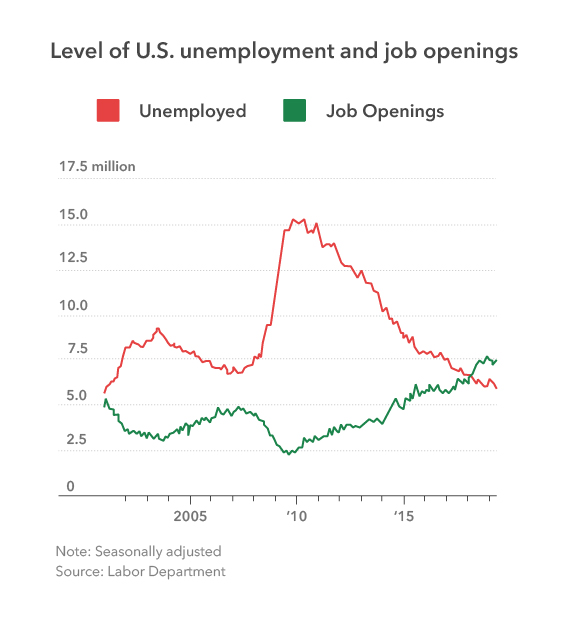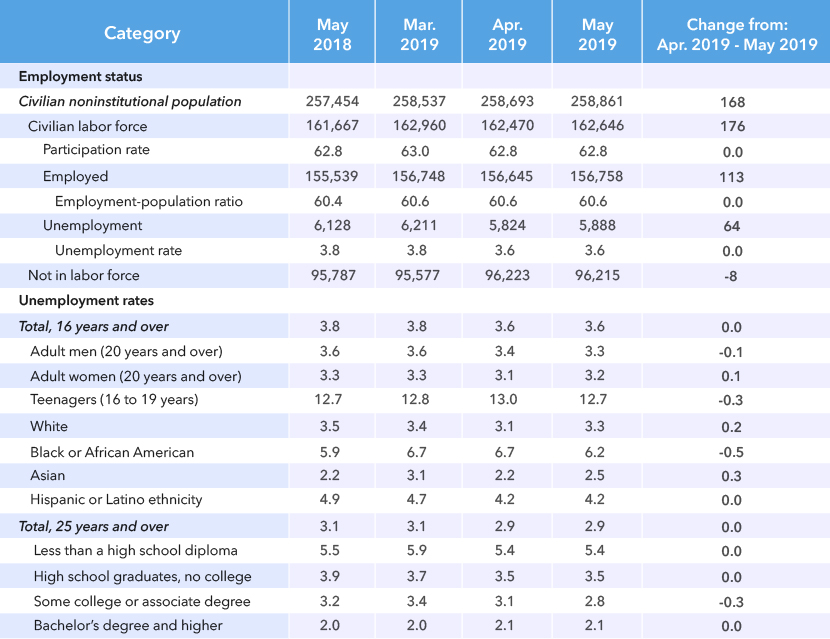The SHL numerical reasoning test is designed to test your mathematical skills under pressure. If you’re applying for a position in sales, consulting, analysis, finance, or high-tech, to name a few, you’ll need to know how to manipulate figures, read charts, and analyze data. While you may have ample experience in your field, the quickest way for an employer to weed out unsuitable candidates is through a simple screening assessment.
If you’ve been asked to take the SHL numerical test, then have no fear. We’ll review everything you need to know to ace the test, impress the hiring manager, and land the interview of your dreams.
What Is the SHL Numerical Reasoning Test?
The SHL numerical reasoning assessment is a psychometric assessment designed for graduates and job-seekers looking for work in analytical fields. Composed primarily of tables and graphs, this exam will see how well you can interpret data and make calculations. Far from a test of your theoretical abilities, this assessment will see how well you’ll perform on the job when presented with important information.
So, don’t worry. You won’t have to dust off your calculus notes from college. You will, however, need to show that you can work quickly and accurately under pressure. After all, miscalculations, no matter how minor, could pose a serious risk for companies that manage sensitive assets. If they’re going to bring you onto their team, they need to know that they can rely on you to work conscientiously and diligently.
How to Prepare for an SHL Numerical Reasoning Exam?
Rather than pulling out your old college textbooks, that is, assuming you haven’t sold them off already, you should complete some SHL numerical reasoning practice tests. Review is always helpful, but unless you’re reviewing questions from the actual test, your preparation won’t be very effective.
Chances are, you already know all of the information you need for the exam already. If you don’t, we’ll review most of it below. That being said, the material won’t be your biggest challenge. Time will be. With a few notable exceptions, psychometric exams are always timed. You’ll need to learn to take shortcuts, eliminate wrong answers, and estimate quickly if you’re going to beat the clock and earn a top score. The more practice questions you complete and then review, the better chance you’ll have of acing the test. Just make sure to go back to check over your answers and see that you’re working as efficiently as you possibly can be.
Reading Graphs & Tables on SHL Tests:
Graphs and tables may seem intuitive, but you’d be surprised at how many careless mistakes you can make if you’re not paying attention. Before you even begin to read the question, you should make sure to take account of each of these points.
- Format:
Not all graphs and tables are designed to be user-friendly. Make sure you’re familiar reading information presented in different forms. Besides the standard line and bar graphs, you should also know how to read histograms, pyramid charts, scatter plots, spider charts, and stacked area charts to name just a few.
- Scale:
Not all graphs use the same scale, and many of them even use more than one scale. It’s important that you note the scale right away so you don’t misread the values. For example, a graph might use a scale of one, but it might also use a scale of ten. A line graph might use a scale of 5 along the x-axis and a scale of 10 along the y-axis depending on the data. You’ll also want to make sure you notice breaks in a graph. A graph might start at zero, but if there’s a break in the graph, it will quickly jump to a much higher number.
- Units:
Never forget to note the units. If your brain is in meters but the values are shown in centimetres, then your calculations will be completely off. In fact, psychometric screening questions know this, and sometimes test writers will pick a strange unit intentionally just to see if you’re paying attention to details. This is true for tables as well. Sometimes the entries will be given in thousands, for example, so while you may read $1,400, the actual value will be $1,400,000.
Mathematical Calculations:
The SHL numerical reasoning assessment won’t require you to do anything elaborate. Realistically, the questions on the test will require you to recognize these terms. So, here’s a brief description of each one. You might encounter other concepts and ideas on the test, but these five terms will provide you with a solid foundation.
- Ratios:
Ratios tell you how two values relate to each other. For example, if the ratio of men to women in a room is 1:2, then there is one man for every two women. So, if there are 60 people in the room, approximately 20 of them will be men and 40 of them will be women. Ratios can be written with a colon, fraction, or a simple “to.”
- Percentages:
Percentages, decimals, and fractions are all very similar, but because percentages are always written as a value out of 100, they’re easy to visualize. When taking the SHL numerical reasoning exam, you might be asked to find percent increase and percent decrease.
- Mean:
The mean is the average. To find the average, you’ll need to add up all of the figures and divide them by the total number of values given. Be particularly careful when calculating the mode for histograms. Remember that the number of items is usually given on the right and the value is given on the bottom. You’ll have to multiply the terms on the x- and y-axes when calculating the mean.
- Median:
The median is the middle number of a series. While in many cases the median and the mode are similar, they need not be. The median won’t tell you though if the aggregate of the higher numbers in the list are six times the value of the sum of the lower numbers. So, if the median is significantly higher or lower than the mode, you can tell that there’s probably a few outliers or inconsistencies in your data.It can be difficult to find the median from a graph or table. Since time is your enemy on psychometric exams, listing out all of the values on paper is a big mistake. Instead, calculate the total number of entries and simply divide by two.
- Mode:
The mode is the term that appears the most frequently. If each entry is unique though, you won’t have a mode.
SHL Scoring:
Unlike on most psychometric assessments, job-seekers and graduates will be scored on the curve. That is to say that your raw score won’t actually matter that much. Instead, you’ll be compared to other people taking the same test you are. While this shouldn’t affect your preparation all that much, keep in mind that if the test is particularly difficult, it will be difficult for everyone. Your results won’t suffer just because the questions are harder, or easier, than normal.
SHL’s Numerical Reasoning Tips:
Still worried about the SHL numerical reasoning screening test? You shouldn’t be! Before heading out to the assessment centre, read our expert tips. If those still don’t calm your nerves, try our three SHL practice questions on the practice tab to test out your skills.
- Estimate
A careful calculation will usually get you to the right answer. However, it may not be the most effective way to solve a problem. More often than not, you’ll be able to quickly spot wrong answers with a ballpark estimation. Before you pull out your calculator, see how far you can get by rounding the figures.
- Mental Math
The more math you can do in your head, the quicker you’ll be able to speed through the test. Sometimes you will need to write everything down, but you’d be surprised at how much you can solve without even picking up your pencil. This is especially true for percentages. Instead of plugging the numbers into the calculator, see if you can solve percentages in your head. You can easily find 10% of any value. Use that amount to find 5%, 15%, and 20%. You may need your paper to work it out from there, but in the meantime, you’ll probably be able to eliminate at least a few answers.
- Skipping Around
On most exams, teachers will advise you to skip difficult questions and come back to them later. However, this is not always helpful on an exam like the SHL numerical reasoning exam. It takes a while to read and analyze a table or graph. If you skip a question, you’ll have to return to it later and read the graph again. This may seem trivial, but on a timed test, these seconds are crucial. If you do need to skip a question, make sure to mark an answer anyway in case you don’t have time to return.
Final Thoughts on the SHL Test Numerical
We hope that these tips and tricks have helped you to better understand what to expect on the test. Don’t forget to take our free SHL practice test questions on the opposite tab!




